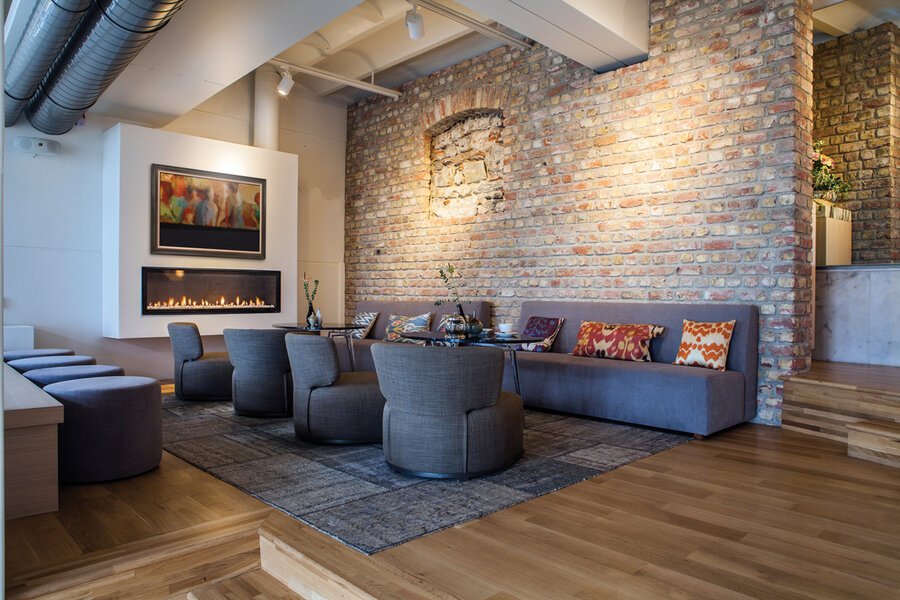One of the initial steps in choosing a security camera system is to identify the types of cameras needed. There are several choices available, including bulb cameras, bullet cameras, and PTZ (pan-tilt-zoom) cameras. Dome cameras are often used for indoor surveillance due to their discreet design, while cylinder cameras are more suitable for outdoor application because of their durability and extended capabilities. PTZ cameras provide versatility, allowing users to remotely control the camera's position. Understanding the strengths and disadvantages of each type can help businesses select the appropriate cameras for their specific environments.
Another important consideration is the layout of the property. Conducting a comprehensive assessment of the premises can help spot at-risk areas that need monitoring. High-traffic zones, entrances, and parking lots are critical locations where security cameras should be installed. Additionally, it is essential to take into account the lighting conditions in these areas. Some cameras are equipped with night vision features, which can be advantageous for monitoring during dim conditions. By carefully placing cameras in key locations, businesses can maximize their surveillance coverage and enhance overall security.
The storage and management of video footage is another crucial aspect of a security surveillance system. Businesses must determine whether to use local storage, such as DVRs (digital video recorders), or cloud-based storage options. Local storage can provide quick access to footage but cctv installation for construction sites may require regular maintenance and upgrades. On the other hand, cloud storage provides remote access and can be more flexible, allowing businesses to grow their systems as needed. It is crucial to assess the pros and cons of each choice to decide which storage solution aligns best with the business's needs and budget.

Finally, it is essential to take into account the combination of the security surveillance system with other security measures. Many businesses benefit from combining video surveillance with alarm systems, access control, and monitoring services. This combined approach can offer a holistic security solution that enhances overall safety. Additionally, educating employees on how to operate the system effectively can improve response times in case of emergencies. By implementing these steps, businesses can establish a robust security framework that not only protects their property but also promotes a safe environment for everyone on the premises.